Using a Computer for True Beginners: Browsing the Internet with ChromeOS Flex
I recently got the privilege to assist an elderly member of the community in his first steps with the computer as a part of my volunteering through a UK charity called AbilityNet.
AbilityNet’s mission is to make a digital world accessible to all. Through it, they offer support services for a wide range of users. From older or disabled people looking for help with their technology to digital professionals advocating for accessibility best practices within their organisation.
As a part of the adjustment for that person, I decided to introduce them to ChromeOS Flex.
ChromeOS Flex is an operating system provided by Google, which is very similar to these on branded Chromebooks, but without access to the Google Play Store and not backed up by the Android engine. This system can be installed on a variety of devices making it more accessible for people who need stability and simplicity.
Windows and macOS can be overwhelming for people who never used computers, this is where Chromebooks fit perfectly.
Google integrated a lot of accessibility features into this system allowing it to adjust them to the needs of users with its users in mind.
There is one problem, however.
How do you introduce somebody, who lived his life without a need to integrate into technology?
These people, at some stage of their life been left behind. Technological progress skyrocketed and they don’t have a chance to catch up without help. This is why I like to be involved in organisations like AbilityNet, where I and other volunteers can help to close the gap by offering our free time, from time to time, to do something good.
ChromeOS is an operating system, that is, in my opinion, a great option to start the journey with the computers for elderly people (unless they decide to go the route of tablets).
It can be fast, yet simple and secure. Security is the most important thing for everybody, especially vulnerable people.
Google is providing very nice, simple guides for Chromebooks as a part of their Chromebook Simulator. These guides can be either viewed on-screen or printed in an accessible way to read on paper (let’s call them printables).
This simulator is great, but from the perspective of a new user, something more is needed - something much simpler. This is why I decided to try my approach to make some “printables”, that will cover basics.
The installation of ChromeOS Flex on ordinary computers can be done in simple manners, as Google prepared for this a guide. You will just need an internet connection, a Chrome browser and a USB drive with at least 8GB of capacity.
When that’s done, it’s time to start.
I have thanked for a while how to help this particular person on my next visit. I know, that I can show things, how to operate them. For me, it’s simple, for them not necessarily. After my short visit, I doubt that this will encourage them to start on their own. If they have something that he can rely on, re-read the information provided, this may be something that will help and encourage that technology is not so scary.
This is why I decided to prepare this simple guide which I will use to go through the basics, and leave it in printed form, so they can be referred back when needed.
Let’s start.
Getting started
When you turn on your computer you will be greeted with a lock screen as seen below.
In the centre, you will see your picture (if set on your account) or avatar, which is an icon, typically represented by the initials of your name and surname.
Under it is a field to type the password to your account.
During the setup of your computer, you will be asked to set, apart from the account password, which is typically long and complicated, also a PIN, which will be a combination of six digits, much simpler than a strong and secure password.
When you turn on your computer for the first time, you must type in your password.
Mouse and Touchpad
Firstly, if the field is not highlighted and ready to accept the password, you need to move the mouse to operate a cursor on the screen. If you are using a touchpad, you need to put a finger on it and slightly press and hold it on to move the cursor around.
Once you hover the cursor over the password field, press the left mouse button. Mouses may have more than two buttons. Typically, you use the left button to confirm the action.
The touchpad is typically fitted with two buttons, which left us used for most of the actions. Sometimes, some touchpads have buttons built into them, where, when pressed left bottom corner, this will represent the left click button.
Depending on how fluent you are with the use of the keyboard, you will need to carefully type in your password.
Keyboard
Typically, computers called Chromebooks have a different layout of the keyboard to the PCs which were adopted for the use of the operating system ChromeOS.
This is what the Chromebook keyboard looks like.
And this is how likely your keyboard will look on an adopted Windows computer that you will be using with ChromeOS.
The numbers and letters are mostly in the same places, the difference will be in the use of some special keys, like these for starting writing in capital letters.
Please remember to type the password as set. Where there are capital letters, they need to be typed as capital, when there are numbers, as numbers and where there are special symbols (if set), typed accordingly.
To type capital letters, you can press and hold the Shift button. Once you hold it, each letter you press will be typed as capital. When you release it, it will written in small.
If you struggling with holding the Shift button and at the same time typing a letter, you can single press the Caps Lock button. When pressed, the LED button will lit either on the button itself or somewhere on the computer (it all depends on the make of the computer).
Once the button is activated, each letter will be typed as capital. To turn it off, just single press the Caps Lock button again.
Sometimes you may need to type special characters like the @ symbol (called at). You may notice that this symbol is located on top of the number 2 on the keyboard.
When you press the number 2 it will type number 2. To get the @ symbol, you need to press and hold the Shift button and once holding it, you need to press the number 2 key. This will type the @ symbol instead.
It’s the same with any other symbols.
If buttons on the keyboard represent more than one thing, by default, when pressed, you will type whatever is on the bottom of the key. If you want to type what’s on the top of the key, that’s where the Shift button needs to be used.
Once you type your password, let’s check if it’s typed correctly before we press the Enter key and try to log in.
To preview our password typed into the password field we need to click on the eye symbol at the end of the password field. The eye symbol will change and will become crossed over and your typed password will be displayed in plain text, instead of the dots.
The preview of the password will not stay for too long and will revert itself to a hidden form over a short time.
If you typed the password correctly, press Enter to log into your computer.
If you make a mistake, you can correct it by using the Backspace button to remove the entered text.
If you type the password incorrectly and press Enter, don’t worry, the system will tell you that it may be wrong.
Try typing it again and use the eye icon to preview it before you confirm by pressing the Enter button or button with an arrow pointing right located on the side of the field when you enter the password.
Take your time and try your best to type the password correctly. Nothing will happen if you make a mistake a couple of times.
If all is done correctly, you will log into your computer and you will be presented with the computer desktop and the bar with the icons on the bottom of your screen as shown below.
Congratulations, you are ready to start using your computer.
Before we go to the next step, let’s mention one more thing.
When you not using your computer, you can leave it running and do not turn it off. This may be much more convenient for you, as you will not need to type the secure password each time, which may be a bit of a challenge.
However, the computer, when not in use, for security reasons will lock itself.
The screen will turn off in eight minutes and your computer will go to sleep in 30 minutes.
You just need to press any key on a keyboard, or mouse, or in some instances just shortly press the computer power button to resume.
When that happens, you will not need to type your secure password again. You will be asked to type a six-digit PIN code set, and provided, for you, at the beginning.
Type your PIN and, once the last, sixth digit, is pressed correctly, you will be back on your computer desktop.
Try typing your PIN correctly. If you make a mistake three times in a row, you will be asked to type your secure password, like it happens when you turn on your computer for the first time.
Now you are ready to use your computer.
Before we start exploring further, let’s see how we can turn the computer off.
Turning off the computer
There are two ways of turning off your computer.
In the bottom corner of your desktop, there is a clock displaying actual time. When you click on it, you will be presented with a new menu as shown below.
In the new menu, on the bottom left side of it, there is an icon with a commonly known power symbol and a small arrow (chevron) pointing down.
When you press on it, you will be presented with an additional menu. The power symbol will be highlighted and the small arrow (chevron) will be facing up.
From the available options, you need to select the Shut down option, which is also shown with a commonly known power symbol on the left side of that text.
Once the Shut down option is selected, you need to click on it.
Your computer will shut down and turn off itself.
There is another option to turn off your computer.
When you single press the physical power button on your computer, a very similar menu as seen before appears in a bit larger format and is placed in the centre of your screen.
By hovering your mouse over the Shut down button and pressing on it you can shut down and turn off your computer as well.
The first method is a standard approach, but choose whichever is easier for you.
In such a way, you know how to:
- Turn on your computer
- Log in to your computer using the password
- Log in to your computer using PIN
- Turn off your computer
The next step will be to familiarise yourself with what the computer has to offer.
Internet Browser
When you are on your desktop, at the bottom of the screen you will see a few things.
There is a button with a circle on the bottom left part of the screen.
There are some colourful icons in the bottom middle of the screen.
On the bottom right, you have other options displayed, like date and time. By pressing the time, you can open a menu, from which we can turn the computer off as we mentioned in the previous part.
We will start with the first icon, from the group of icons in the middle bottom of the screen.
The icon represents the internet browser, which is an application, that is used, as the name suggests, to browse the internet. This icon represents an application called Google Chrome.
Google Chrome is the internet browser that you will be using to go to the internet. Some people may ask you to turn on “your internet browser” or will refer to it by its name “Google Chrome”, which means very the same.
There are other internet browsers available, not only Google Chrome, hence it’s much easier to refer to it using a generic term, rather than a specific application name. This may sometimes confuse users on other operating systems and other computers if they using different applications for this purpose, like Microsoft Edge on Windows.
By pressing the icon you will load a new window on your screen, that will present a Google text or logo in the centre of the screen and a horizontal search bar under it, which is used to search the internet.
The text or logo that represents Google may change depending on the day of the year. This is called Google Doodle and the change is mostly related to commemorating holidays, events, achievements, and notable historical figures. If the logo is not as presented above, do not worry.
Now you know how to open an internet browser. It is now time to explore it further.
Getting to know Google Chrome
When you click on the Google Chrome icon the new window loads. I already mentioned what happens in the centre of the screen - the Google Logo and the horizontal search bar under it.
Before we go any further, we need to understand a couple of basics.
In the horizontal search bar, you be able to type a text that you would like to search over the internet. You need to click into the box to start typing in.
Apart from that, you can do the same, if you will type the text in the top horizontal bar of the open windows of Google Chrome.
This bar has the same purpose as the search bar mentioned before, to search the internet using a search engine, which by default will be Google Search.
We will cover Google Search a bit further.
This bar can be used also to do something else.
In this bar you can also type the address of the website, to go to the website directly.
Like the phone number in our phone book that will connect us to a specific person, in the same way, each website has its domain (like www.bbc.co.uk) that will point to the site placed on a machine located inside the internet. We don’t need to know where it is located, the domain address, or simply the website address, will do this for us.
Now you know that:
- A horizontal bar placed in the centre of the screen when the internet browser (Google Chrome) is loaded is used to type a word or preferably a phrase that you want to search for on the internet.
- The top bar is used to search, as described above, but also to type the precise address of the specific website in the internet called domain.
The window of the internet browser (Google Chrome) has a couple more things that you need to familiarize yourself with before you start surfing through the internet.
If you want to close the internet browser, you need to press the X button located in the top right corner of the window.
In a similar way you are closing any other application that you may use on your computer.
In the very top, slightly from the left, you will see tabs.
By default, you have only one tab.
Each website you are browsing opens inside a tab. Sometimes you may have some opened in an additional tab. Thank you that you may search the internet on one tab, and read articles on the website on the other tab.
Each tab has its own X button used to close it.
When you click the close button on the last and only tab open, this will close the windows of the internet browser as well.
Depending on how websites are made (designed), some pages may open themselves in separate tabs. Keep an eye on the tabs on top. The active tab will always be highlighted and the others will be presented in the background.
You can move between them by clicking each of them.
If you are confused by the number of tabs open, just click the X button near each of them until you close them all.
If you have multiple tabs open and you will close the whole window of the internet browser (Google Chrome), when you open it again, you may see that all the tabs, that have been left open, will load again.
The same situation, if you have been on a website before and you close the internet browser window (intentionally or by accident), Based on how it’s set on your computer, your last open website may be loaded instead of the default Google search page. To close it, just press the X button in the tab to close it and the window itself. When you open the window again, you will be presented with the window as described in the beginning.
In this way, we can go a little bit further and start searching the web (internet).
Searching the internet
By using a search bar type a few words or a phrase of what you would like to search on the internet and confirm with the Enter button.
As a response, you will be presented with the search results in a search engine called Google Search (simply “in Google”).
Google Search is like an index in a book. If you type a number, it will point you to a page that contains it or something that is close enough and you will be able to select it or move further (to the next page).
Let’s try typing “whats currently happen in leeds uk”.
When you search the web, you don’t need to be grammatically correct. The search engines are clever enough to figure out what we meant to type (say) as you see in this example.
The search results will be presented as a list. You don’t necessarily need to click the first result available. Sometimes you may need to scroll down to see other results, other websites, that will contain the results much more relevant to what you are looking (searching) for.
Sometimes the list will be filled with some images or movies on which you can click to move forward.
Let’s click on the following result.
You will be directed to a website (Yorkshire Evening Post, or just YEP), like in this example where you can browse across, read the news, and click on other interesting things on the website.
If you do not find what you have been looking for, you can always go back, by pressing the back arrow located in the top left part of the screen.
This will put you back to the search engine.
If you want to start again, press a home button symbol to go back to the default starting page.
Internet browsers have also arrows to move forward and refresh arrows.
If you go back from the website, but you want to return to where you were, you can also press the forward arrow to do that, if available.
If you head to the website and it doesn’t look good or doesn’t load properly, you can try the refresh button to try to reload it.
You are also using the refresh button to refresh the website when you are on it.
If you are on the home page of the news website, refreshing it will check if there is no new content published, and if it is, this will be presented to you.
Through searching the internet (or shortly, searching the web) you can head to various places.
Like in real life, do not believe everything that you find over the internet to be 100% true, and always have a bit of scepticism about the information presented.
Visiting a website
Apart from searching the internet through the search engine like Google, you can also go to the website directly if you know its address. This address is called a domain. Knowing the domain name is like knowing somebody’s phone number, so you shall know where you heading (who you calling).
The domains for various websites may be built differently.
They typically contain a unique name and then the extension of the domain used in the country where is based or what it represents (typically separated with dots).
For example, the BBC domain address is bbc.co.uk.
The bbc is the name of the domain, whereas .co.uk is the extension popular for websites in the United Kingdom.
The domains have also separate sections in their names which are separated with slash symbol /.
For example, the address for BBC News will be bbc.co.uk/news.
The domain address is typed typically in the top part of the window.
If you would like to visit the website of AbilityNet, you need to type their domain name and extension, which in that case will be abilitynet.org.uk.
It is not possible to remember all the domain names. Some of them, that you may use daily, you will remember, but some of them need to be saved for us, either by writing them on a piece of paper or by using other available options on your computer, like shortcuts and bookmarks that will be covered next.
Adding shortcuts to websites
When you open your internet browser (Google Chrome) you will notice, that straight under the horizontal search bar, located in the middle of the screen, there are some buttons, including one with a plus symbol and a text “Add shortcut”.
In this place, the websites that you visit the most will appear as a suggested website to go, however, you can also utilise it to save a website that you want to have under a click of a button.
When we click on a button called Add shortcut, we will be able to add a website that we want, but that will require some knowledge from our end.
We will need to specify the name of the shortcut, which is a name that will be easier for us what the shortcut refers to.
In the URL field, we will need to specify the domain name of the website. We will need to know the full domain name to add this correctly.
For example, we will type abilitynet.org.uk.
Don’t worry if you typing domain names with small or capital letters, in such things (excluding passwords), most of the time the size of the letters doesn’t matter.
Once we click the Done button, a shortcut will be added.
Don’t worry if this is too much, there is an easier way to save websites that we visit frequently by adding them to “bookmarks” which will be covered next.
Adding and using bookmarks
The Internet is like a book without an end. With hundreds of millions of pages, sometimes we would like to save some of them for later, so we don’t need to search for them each time. For that purpose, the internet browser (Google Chrome) is equipped with bookmark functionality.
The bookmarks are presented with a star symbol in the top part of the internet browser.
When you read a book, you use bookmarks on the pages to which you would like to come back. It is the same with the internet, however, on the internet, bookmarks are not to the same page, like with a book, but to the page (site) that may (or not) change over time.
If you make a bookmark to a home page of the news website, each time you go into it, you may be presented with different things (despite going to the same page), on purpose and as expected.
If you make a bookmark to a specific article over the internet, you may land on the same article again, if you visit the same bookmark later, unless it disappears from the internet (been removed) or has been changed.
When you are on a website that you would like to save for the future, you can do this by pressing a star button located in the top right part of the internet browser window.
When you press it, your bookmark will be added automatically.
You will be presented with an additional window where you can change the name of the bookmark or where it is saved (which folder), but by default, if you just confirm with the Done button, that will be all that you will need.
By default, you will save bookmarks into the
All Bookmarksfolder. For easier access, you may also save them in theBookmarks barfolder. The difference between the two of them will be covered later.
You will see, that website that is bookmarked will have a filled star symbol near it.
By pressing that start, you can also access a monit window, whereby by selecting the Remove button, you can remove the bookmark altogether.
Side panel
When you start building your bookmarks, you may want to know how to easily access them.
The internet browser (Google Chrome) can open a side panel that will show you all the bookmarks that you have saved so far. You do it by pressing the side pannel button located in the top right part of the window.
All Bookmarks
Once you add your first bookmark to your Bookmark library, on the starting page (or when you press the home button), you will notice that an additional bar will appear. This is called the Bookmark bar.
When you add bookmarks to the All Bookmarks folder, you will have this folder displayed on the right side of the Home screen of the internet browser.
When you click on it, you can access your bookmarks there.
The more bookmarks you add, the longer the list will be.
Once all the bookmarks are hidden in the All Bookmarks folder, sometimes you want them to be added for even easier access.
For this purpose, you utilise a Bookmarks bar folder.
Bookmarks bar folder
When you are on the website that you want to add a bookmark to, you click on the star icon, but this time, before you click the Done button, we will change the Folder but pressing All Bookmarks and selecting from the list Bookmarks bar.
In this example I will use The Guardian website (website address, domain theguardian.com),
Once that’s done, when you close the tab or click the home button to go to start, you will see the bookmarks bar containing not only the All Bookmarks button on the right side but also an icon and short test of the bookmark that we add to the Bookmarks bar folder.
This way you can organise your bookmarks in two folders.
- For easy, quick access, add the bookmark to the
Bookmarks barfolder; - For a collection of all bookmarks, keep adding them to the
All Bookmarksfolder.
Independently when you add them, you can always display them by pressing the side panel button as mentioned before.
This way you know that the star presented on the top side of the window will be used as a bookmark for a website that you like and you want to save for later, to return to them in future.
This way you know how to browse the internet by searching in the search engine or by going to a website by knowing its address.
From turning on the computer, logging into it, browsing the internet and turning off the machine, you start your journey with your computer.
Regards.
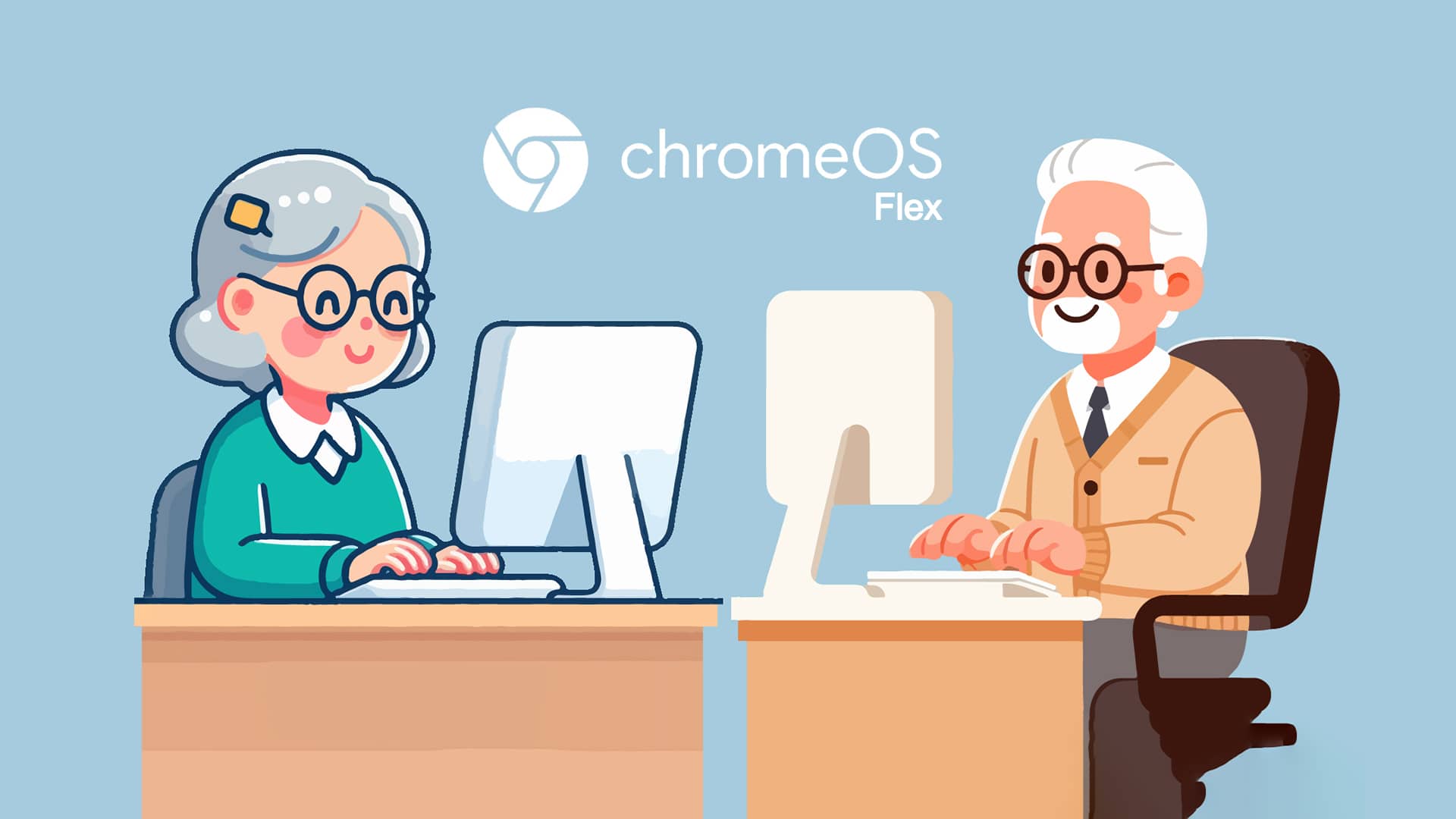
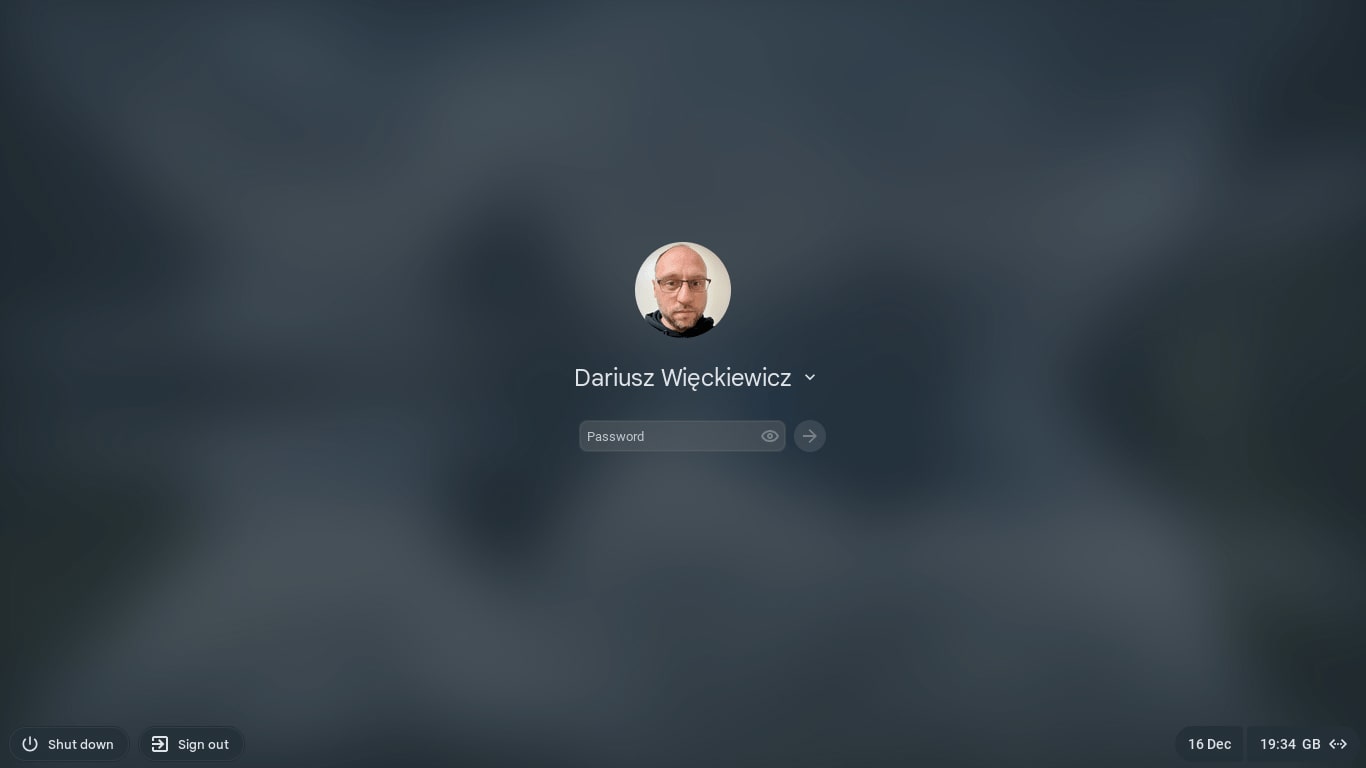
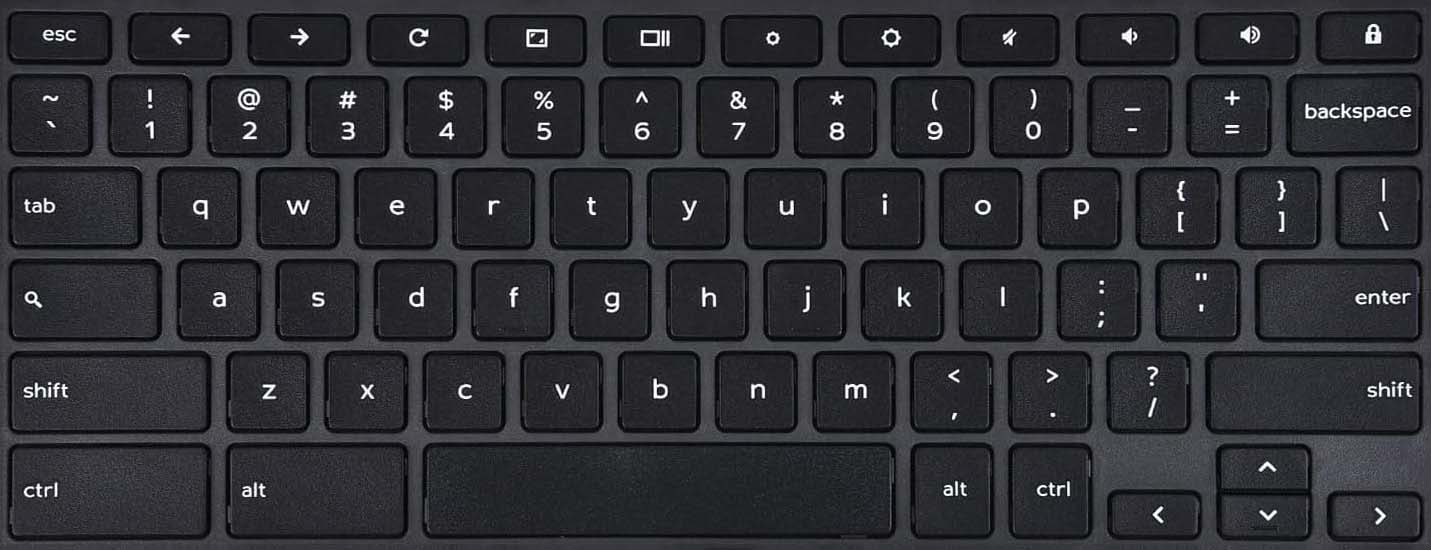





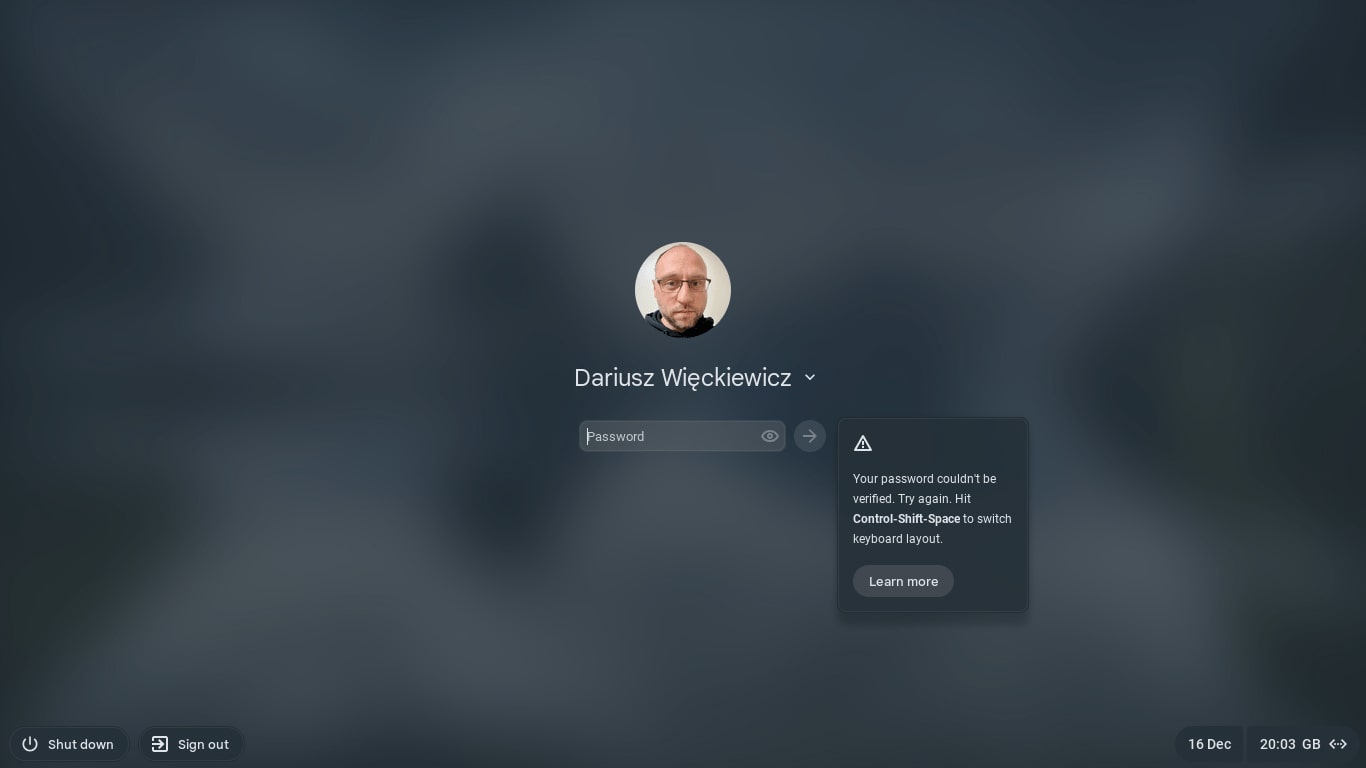
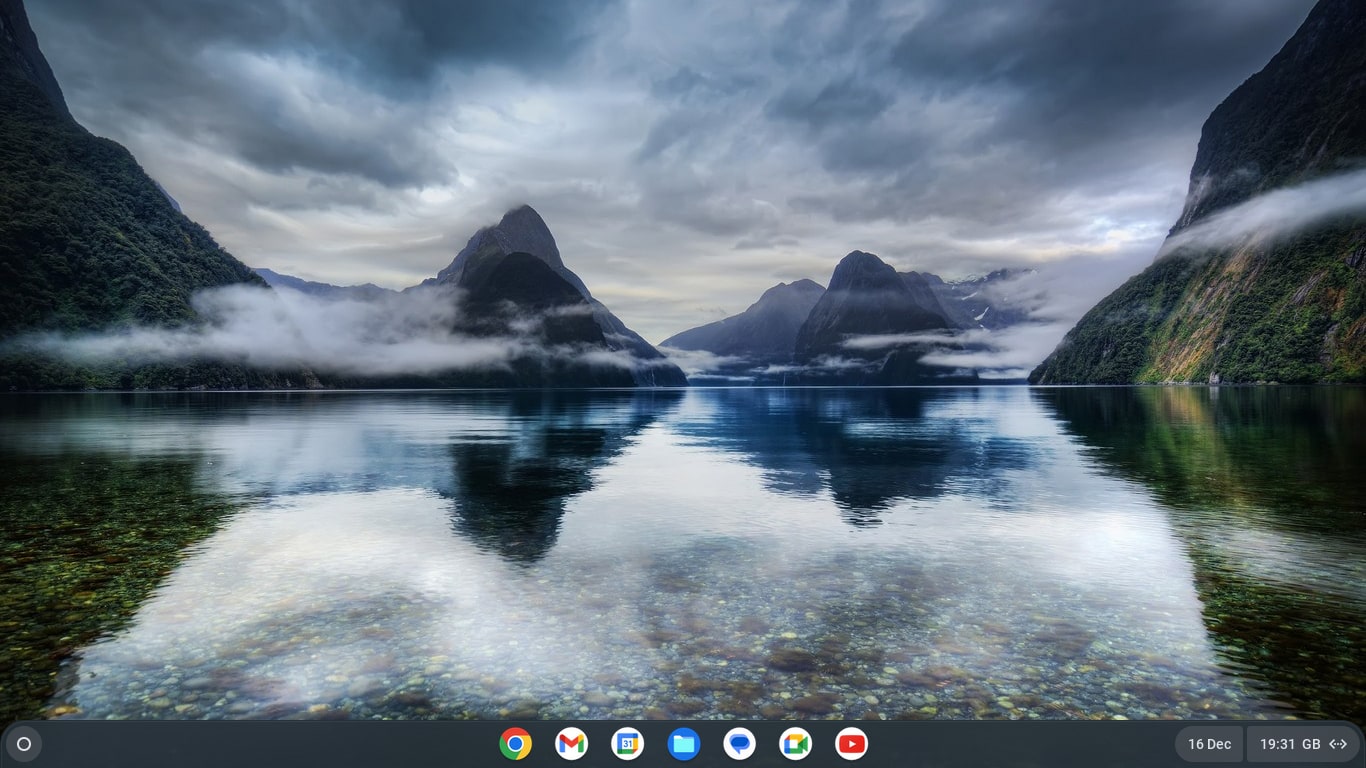

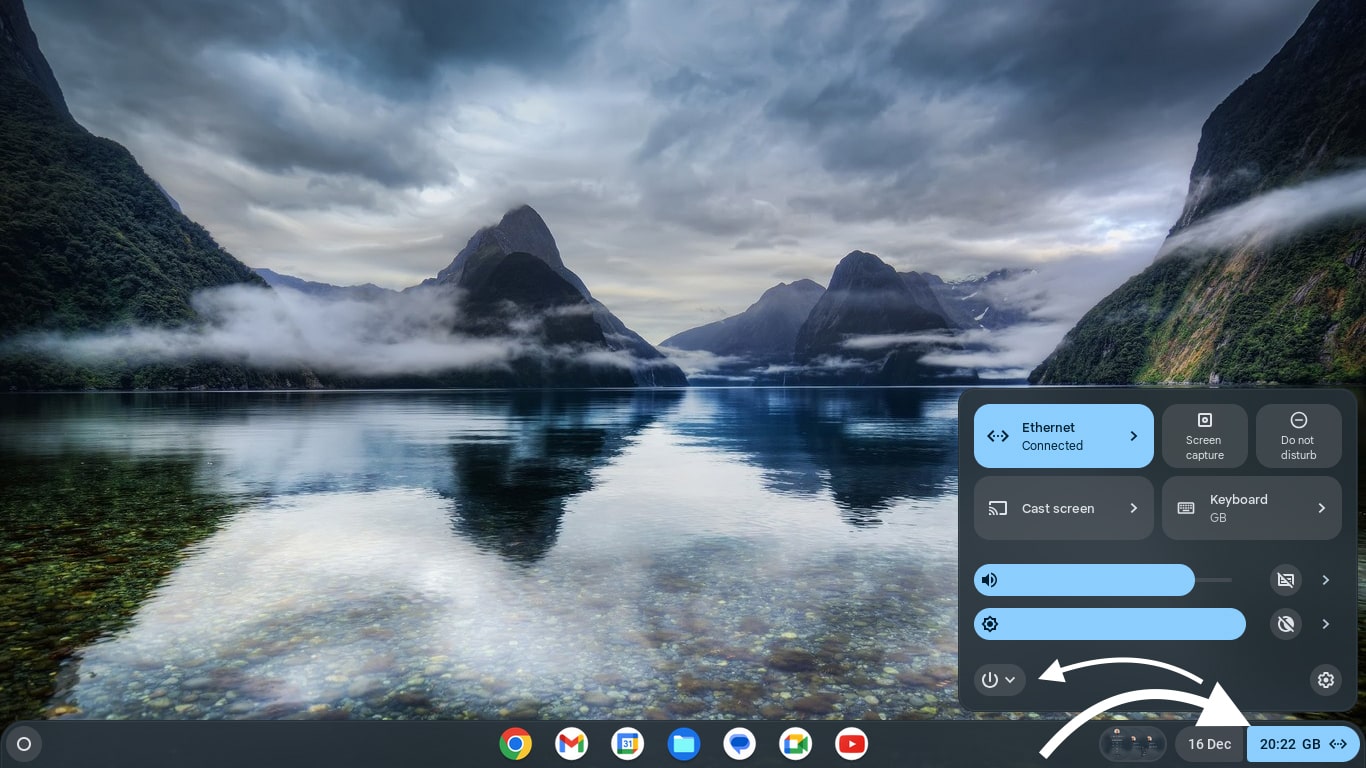
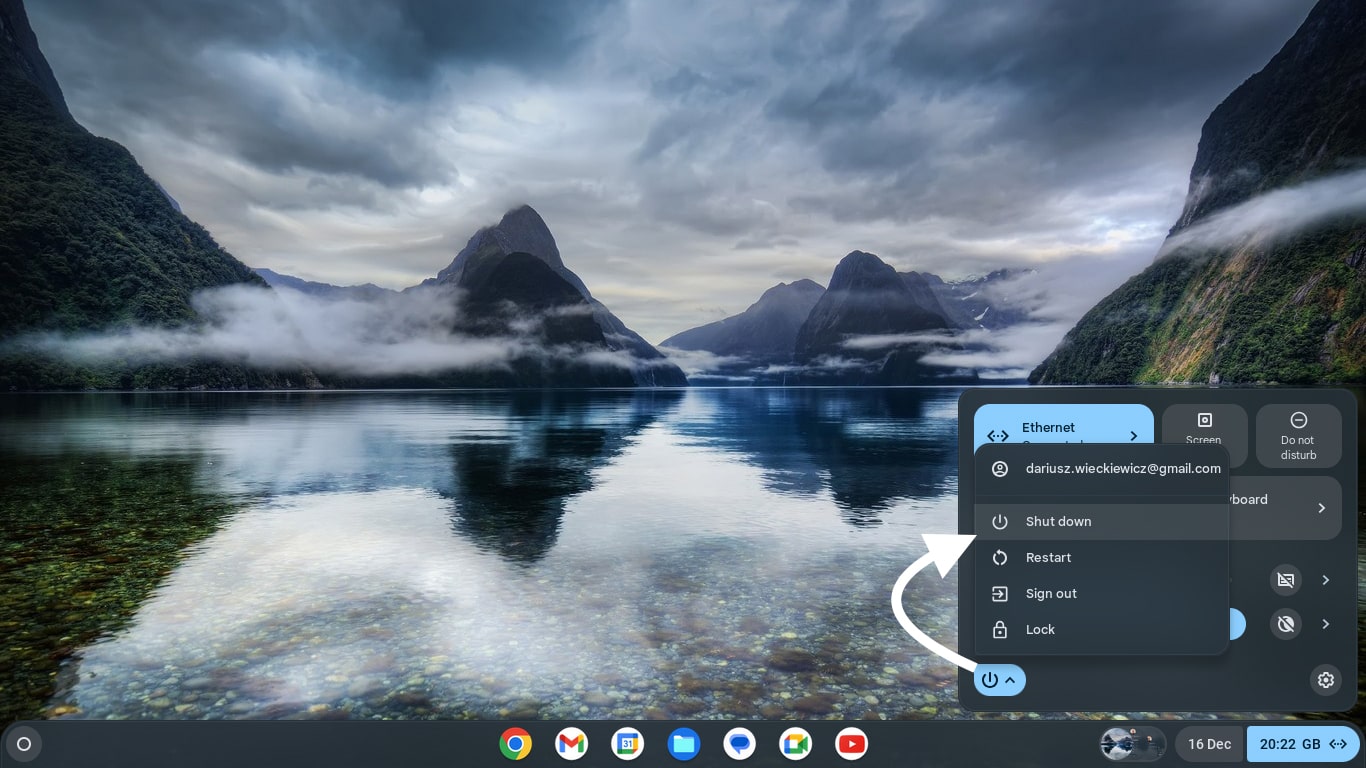



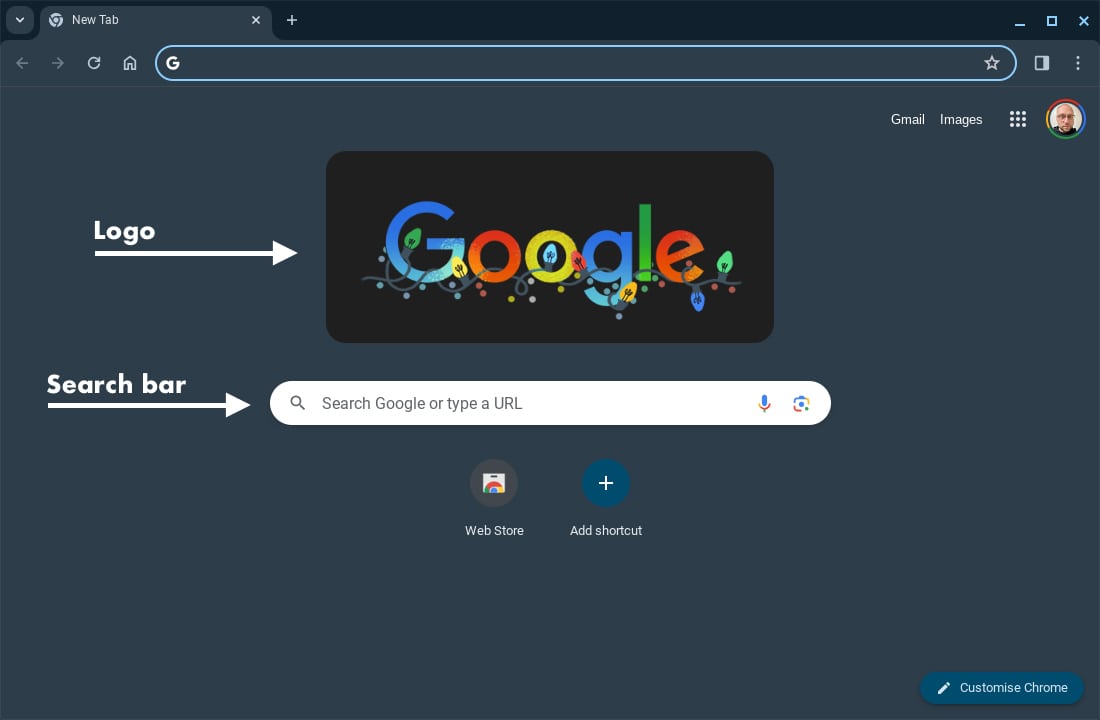





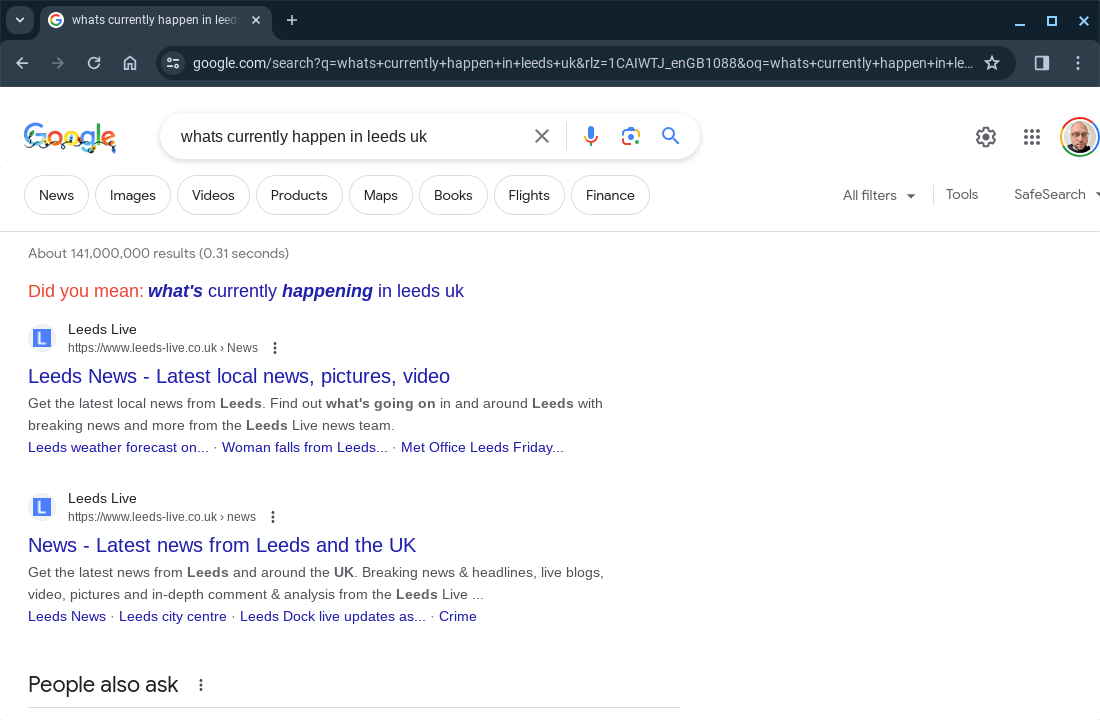

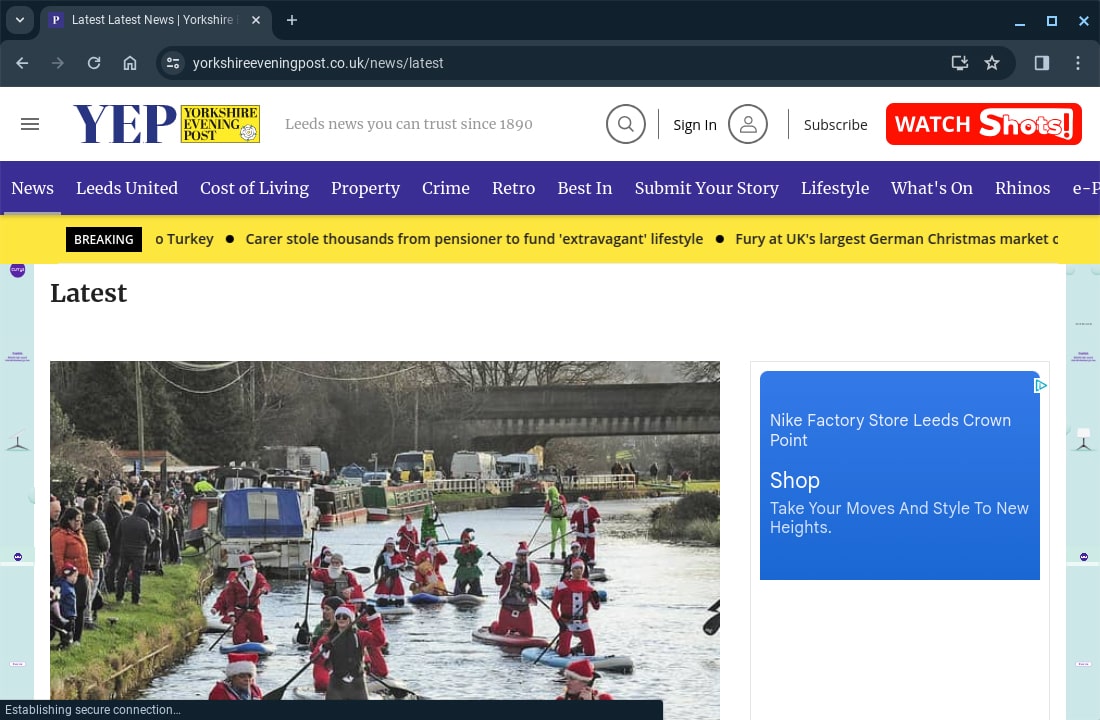






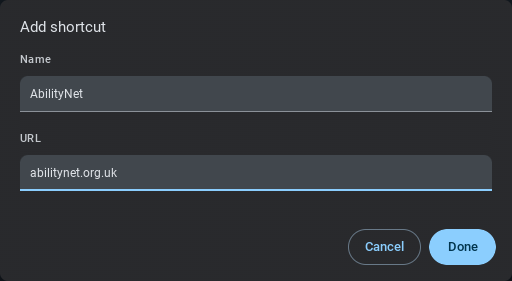




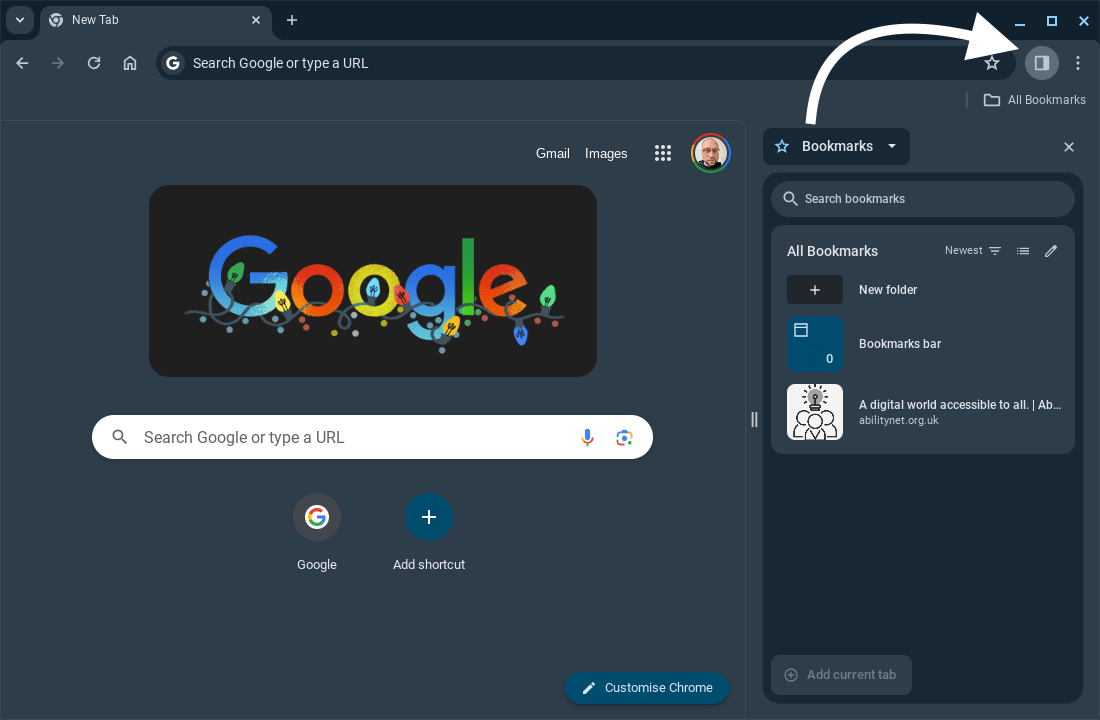



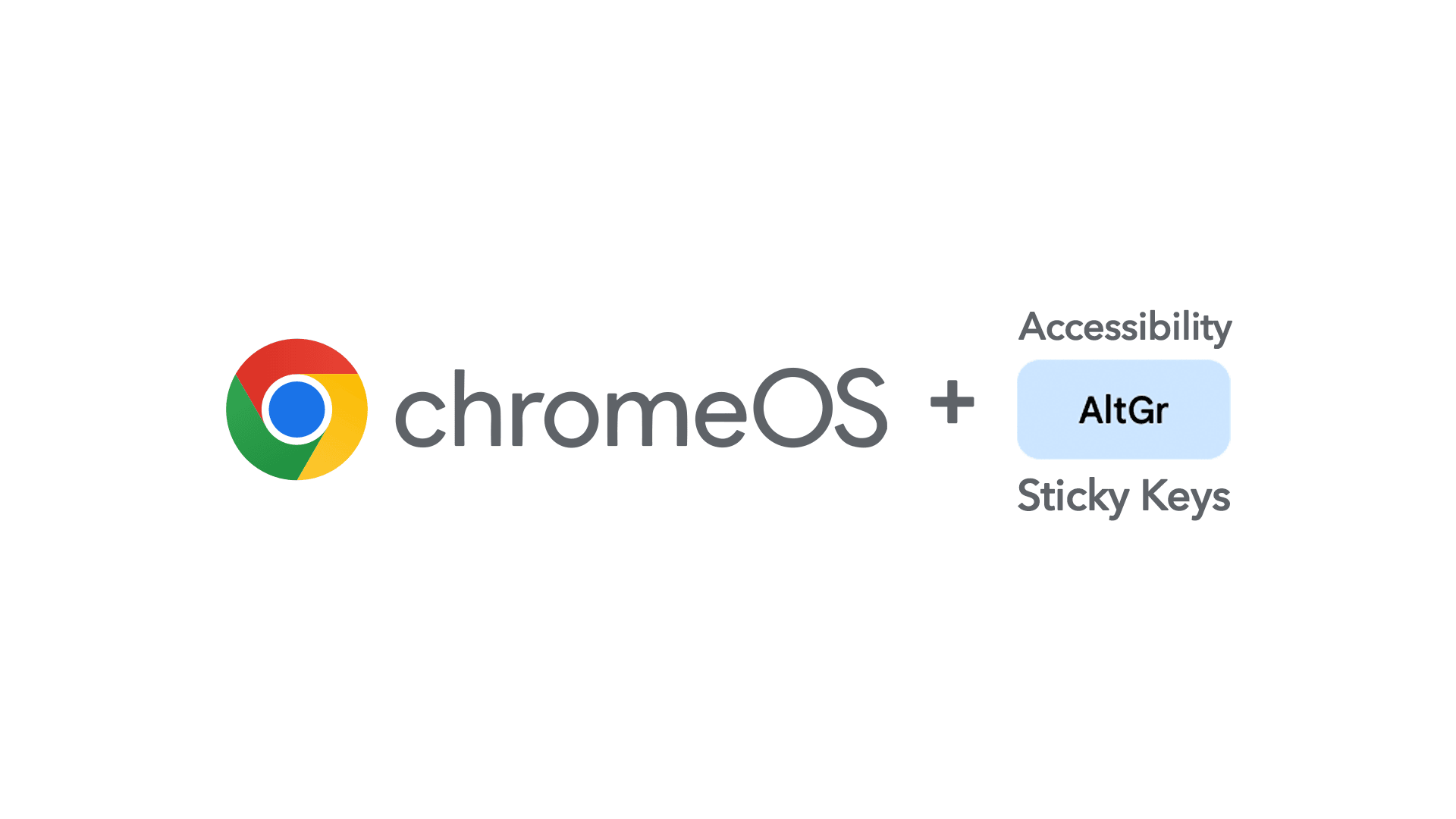

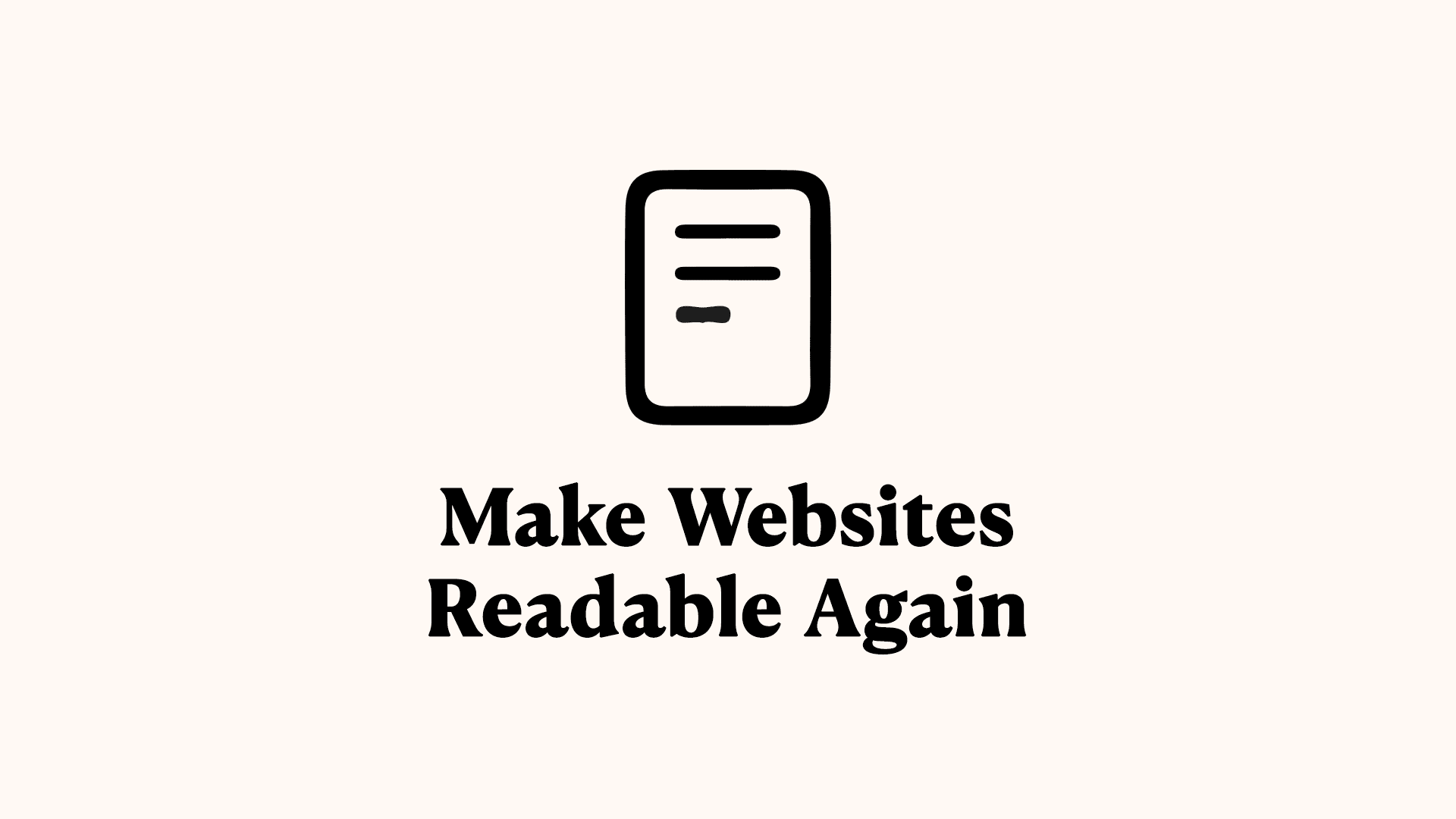

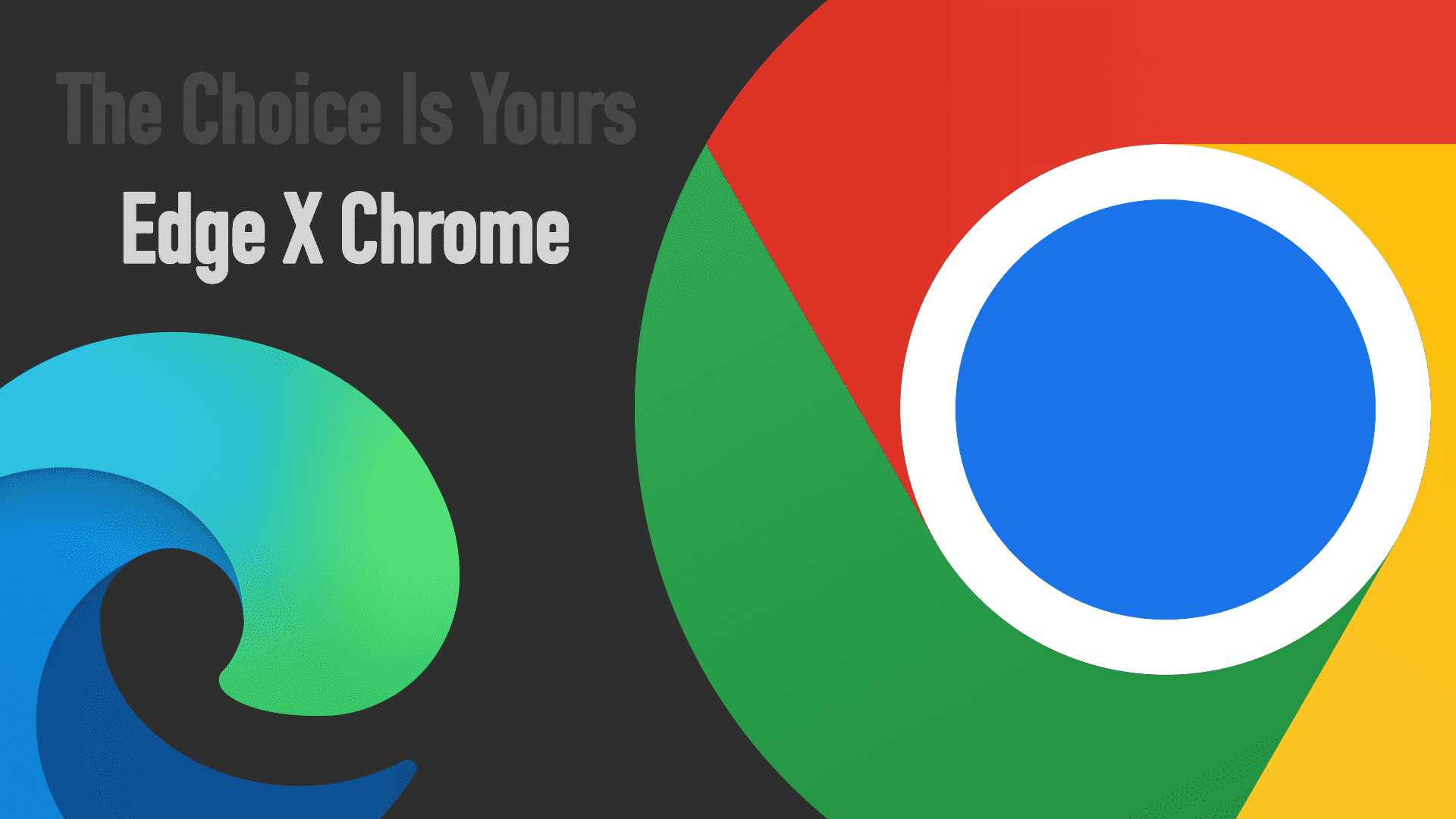
Comments & Reactions